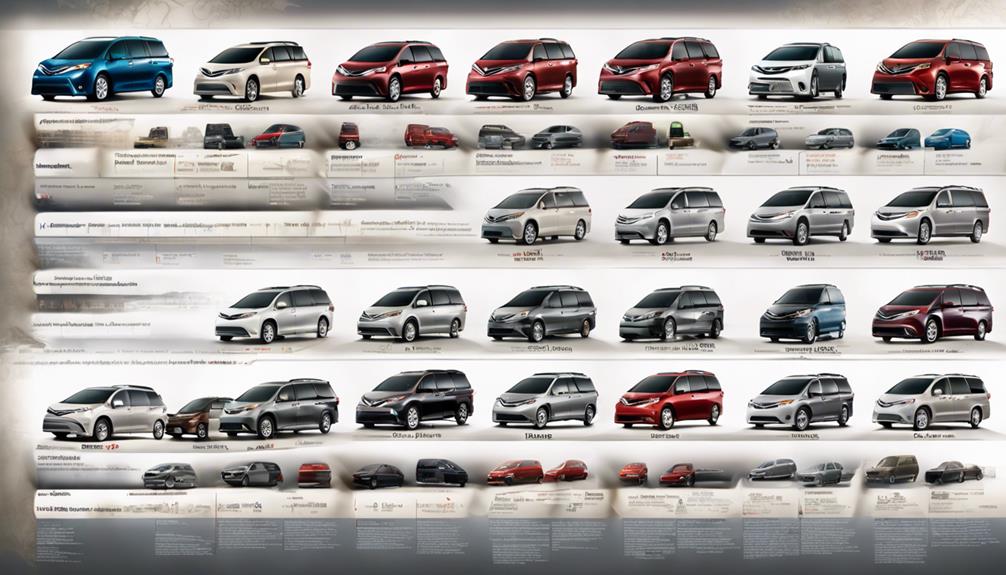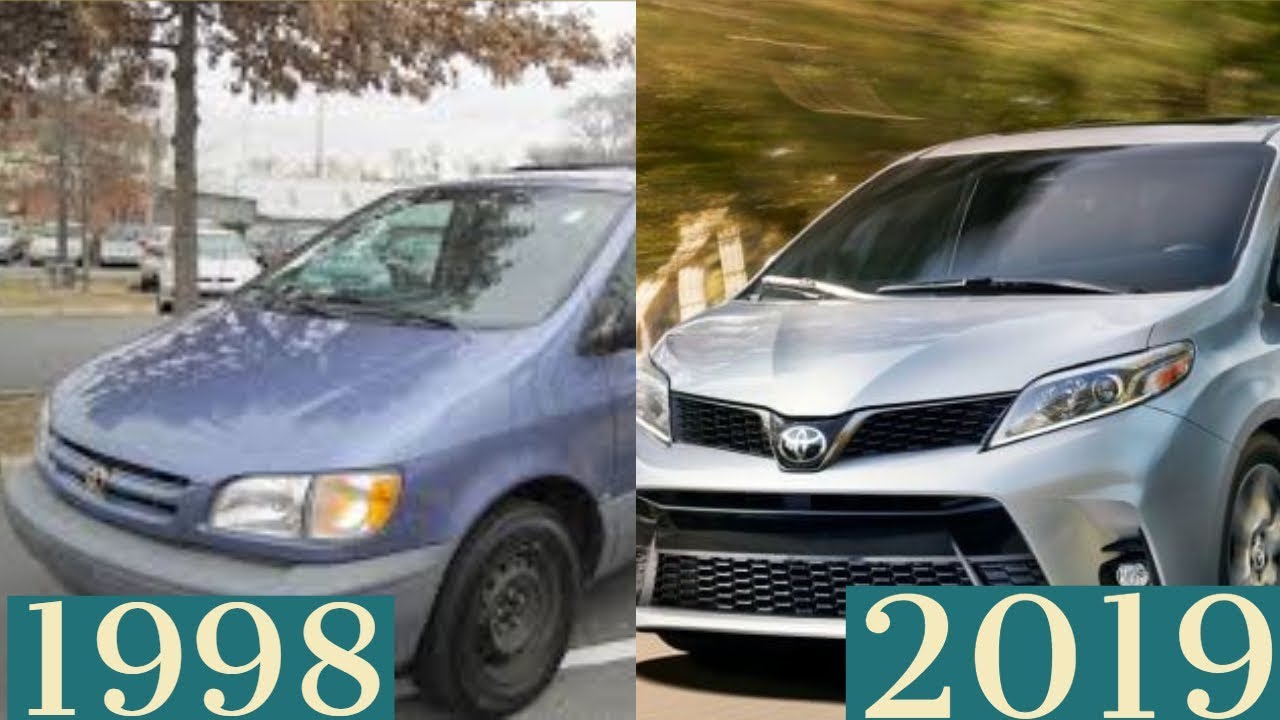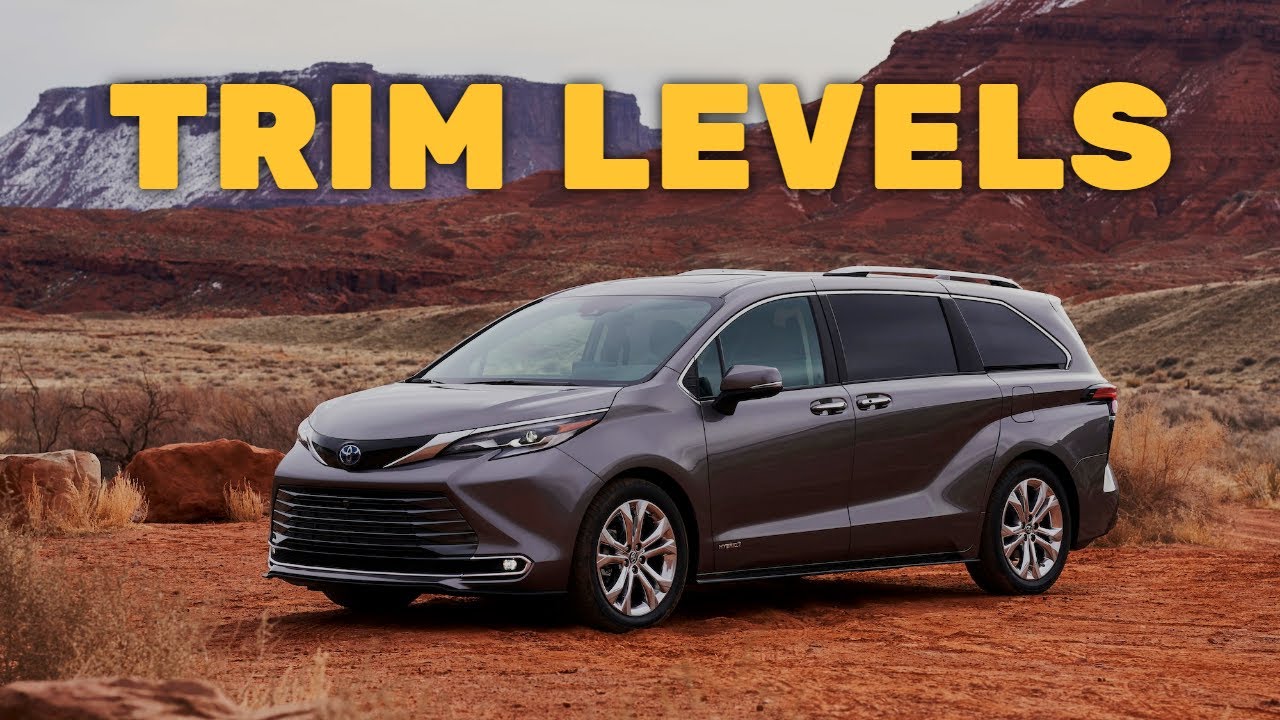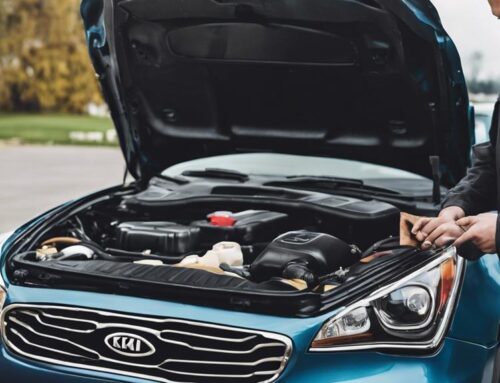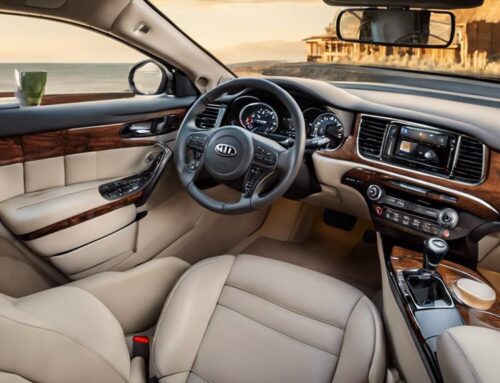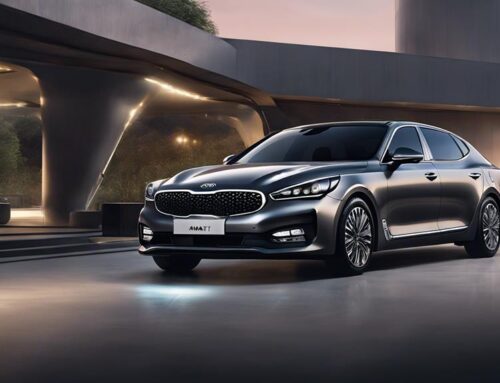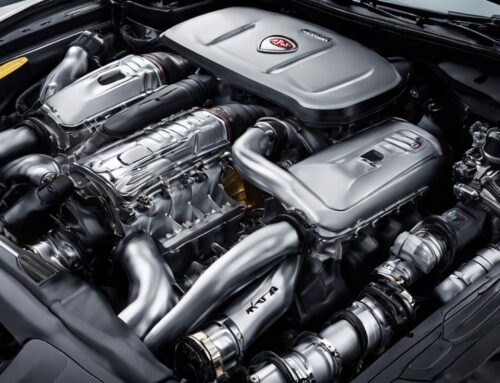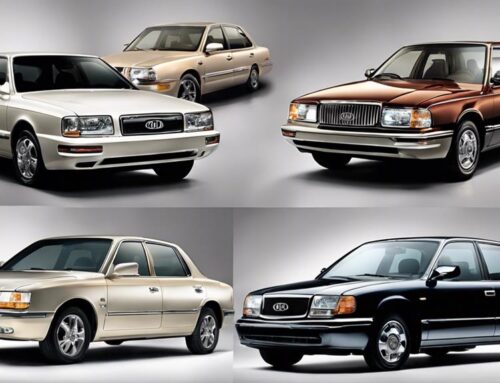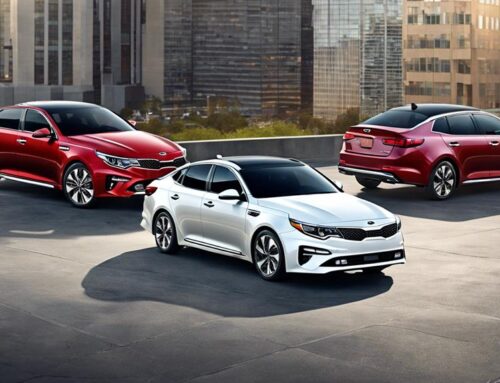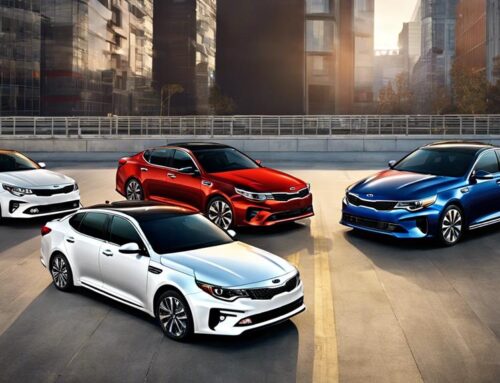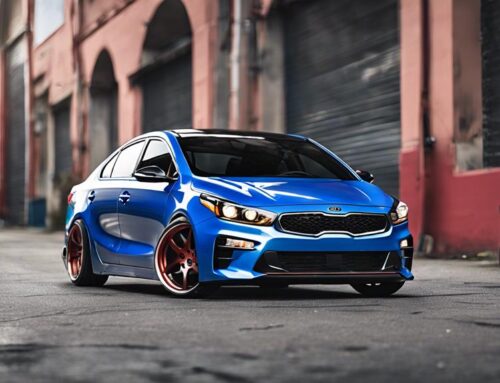You should compare Sienna models through the years to see the impressive changes in engine technology, safety features, and tech advancements. Each generation, from the early 3.0L V6 to today's hybrid powertrains, shows strides in efficiency and performance. Plus, safety upgrades like side curtain airbags and adaptive cruise control enhance protection on the road. Technological features, such as advanced infotainment systems and head-up displays, keep getting better. Design updates also guarantee a modern, stylish ride. By exploring these improvements, you'll get a clear picture of how Sienna has evolved to meet your needs today and in the future.
Key Takeaways
- Understand advancements in safety features and technology across generations for better-informed purchasing decisions.
- Evaluate improvements in fuel efficiency to assess potential savings and environmental impact.
- Compare engine performance and reliability to gauge overall driving experience and maintenance needs.
- Identify key innovations in infotainment and convenience features for enhanced user experience.
- Recognize changes in design aesthetics and suspension improvements for a more comfortable and modern ride.
Evolution of Engine Options
Over the years, the Sienna has continually upgraded its engine options to enhance performance and efficiency. When you look back at the first-generation Sienna (1998-2003), you'll find a 3.0L V6 engine that balanced power and fuel economy. This was a solid start, but Toyota didn't stop there.
In the second generation (2004-2010), the Sienna received a 3.3L V6 engine. This upgrade gave you improved performance and responsiveness, making your driving experience more dynamic. If you appreciate a vehicle that adapts to your needs, you're likely to value these enhancements.
Come the third generation (2011-2020), the Sienna upgraded again, this time to a 3.5L V6 engine. This change brought better fuel efficiency and a significant boost in power output, ensuring you get more out of every gallon of gas.
The fourth-generation Sienna (2021-present) took a bold step with a standard hybrid powertrain. Combining a 2.5L four-cylinder engine with electric motors, this setup maximizes efficiency while minimizing environmental impact. For those who want ultimate control over their vehicle's performance and efficiency, the latest Sienna offers cutting-edge technology.
Safety Features Over Time
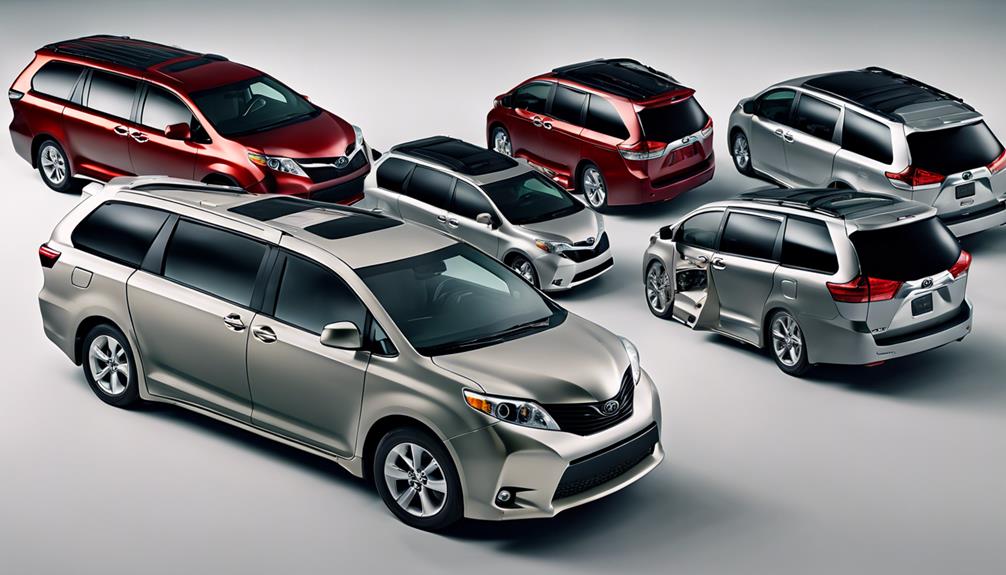
When you look at the Sienna's safety features over time, you'll notice significant improvements in crash test ratings and driver assistance systems. From early innovations like Vehicle Stability Control to the latest standard driver-assist technologies, each generation has set new safety benchmarks. Let's explore how these advancements have evolved and impacted your driving experience.
Evolving Crash Test Ratings
You can clearly see how Sienna models have prioritized safety through the years, with each generation introducing notable improvements in crash test ratings and safety features. Early Sienna models from 1998-2003 had varying safety features, but by 2002, you'd find a model that received high safety ratings. This set the stage for future enhancements.
The second-generation Siennas made a leap forward by adding side curtain airbags and stability control. These features weren't just cosmetic; they greatly enhanced crash test performance and offered you more peace of mind on the road. When the third generation rolled out in 2011, Sienna continued to build on its safety foundation. The improvements in crash test ratings and safety technology were evident, reflecting Toyota's ongoing commitment to your safety.
The current fourth-generation Sienna, introduced in 2021, takes safety to another level. With advanced driver-assist technologies and earning a Top Safety Pick + award from the IIHS, it's clear that safety isn't just an afterthought. It's a priority. Each generation's commitment to enhancing crash test ratings ensures that when you choose a Sienna, you're selecting a vehicle that's continually evolved to protect you and your loved ones.
Advanced Driver Assistance Systems
Throughout its generations, the Sienna has consistently integrated advanced driver assistance systems, underscoring Toyota's dedication to your safety. In the first generation (1998-2003), the Sienna's basic safety features included essential airbags. Moving into the second generation (2004-2010), Toyota added stability control and side curtain airbags, giving you more confidence on the road.
The third generation (2011-2020) marked a significant leap with the introduction of pre-collision systems and Toyota Safety Sense. These technologies brought a higher level of protection, anticipating potential hazards and actively working to prevent accidents. By the time the fourth generation rolled out in 2021, the Sienna had set a new standard in safety. It came equipped with standard hybrid powertrains, lane departure warning, and adaptive cruise control, all designed to keep you and your passengers safe.
Over the years, the Sienna has also adopted features like blind-spot monitoring, rear cross-traffic alert, and surround-view cameras. These enhancements not only improve your driving experience but also ensure you have control over every situation. Toyota's commitment to evolving these systems reflects their priority in keeping you safe with cutting-edge technology.
Technological Advancements
Sienna models have consistently integrated cutting-edge innovations, making each generation more advanced and user-friendly. From 1998 to 2021, Toyota has prioritized keeping the Sienna at the forefront of technological advancements. With each new model, you gain access to features like Toyota Safety Sense, hybrid powertrains, and advanced infotainment systems that enhance your driving experience.
The introduction of a 10-inch color head-up display and kick open/close sliding doors in the fourth generation highlights the focus on convenience and safety. Imagine not needing to fumble with keys while juggling groceries—just a simple kick and the door opens. This kind of technology gives you more control and ease.
Fuel efficiency has also seen significant improvements, especially with the fourth generation's standard hybrid powertrain. You can now enjoy better mileage without sacrificing performance. Advanced driver-assist technologies, continuously refined over the years, offer you greater peace of mind on the road.
Infotainment systems have evolved too, with newer models featuring more intuitive interfaces and connectivity options. This ensures you stay connected and entertained, making every drive more enjoyable. By comparing Sienna models through the years, you can see how these technological advancements empower you to drive smarter and safer.
Design and Style Changes
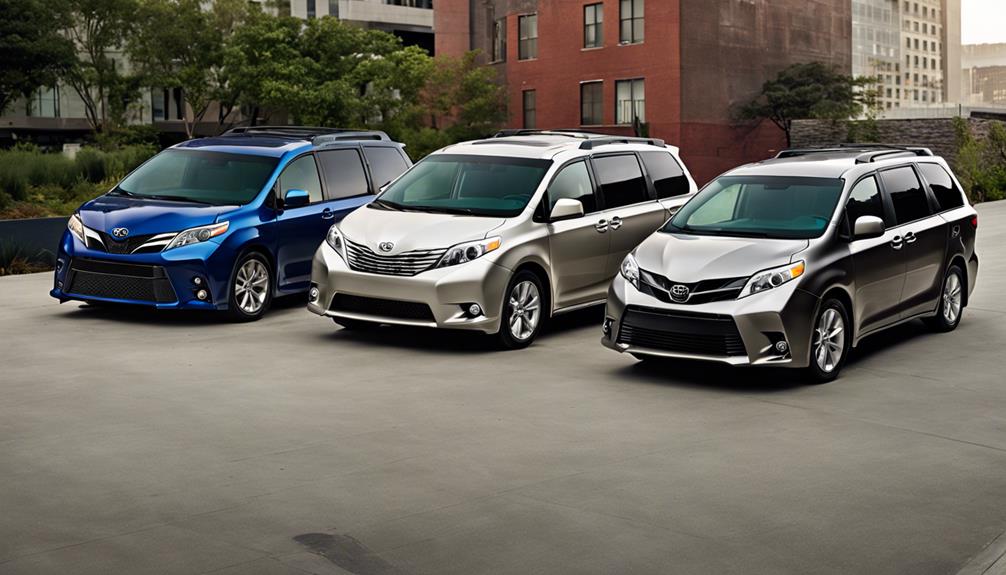
Each generation of the Sienna showcases evolving design trends, reflecting contemporary aesthetics and technological advancements. From the traditional minivan look of the first-generation (1998-2003) to the bold sophistication of the latest models, the Sienna's design has continuously adapted to meet the desires of discerning drivers like you.
- First-Generation (1998-2003): The initial Sienna featured a smooth, rounded profile, embodying the classic minivan design of its era. It offered simplicity and functionality, catering to families looking for a reliable vehicle.
- Second-Generation (2004-2010): This iteration embraced a boxier and more angular exterior, moving away from the traditional look. The sharper lines and robust stance provided a more assertive presence on the road, appealing to those craving a bolder aesthetic.
- Third-Generation (2011-2020): Here, Toyota introduced a sleeker, more modern design. The sharper lines and distinctive front grille added a touch of elegance, signaling a shift towards a more stylish and contemporary vehicle.
The latest fourth-generation (2021-present) Sienna epitomizes bold sophistication, incorporating elements of Toyota's cutting-edge design language. This model commands attention with its striking appearance, ensuring you drive a vehicle that's as stylish as it is functional.
Performance Improvements
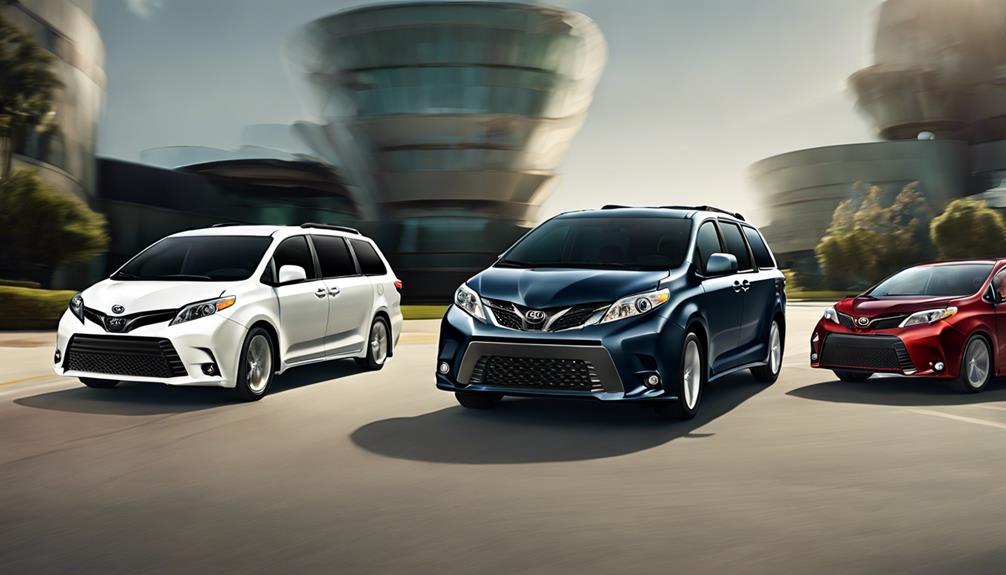
When you look at the Sienna's performance improvements over the years, you'll notice a clear focus on enhanced engine efficiency and advanced suspension systems. Starting with the powerful V6 engines of early models to the current hybrid powertrains, each generation has made strides in balancing power and fuel economy. The advancements in suspension systems have also contributed to a smoother and more controlled driving experience.
Enhanced Engine Efficiency
Over the years, Toyota has consistently upgraded the Sienna's engine technology to deliver better fuel efficiency and enhanced performance. You know that staying on top of these changes can give you more control over your driving experience.
Here's a quick rundown of how the Sienna's engine efficiency has evolved:
- First Generation (1998-2003): Equipped with a 3.0L V6 engine, it offered decent performance and efficiency for its time. It set the foundation but had room for improvement.
- Second Generation (2004-2010): The introduction of a 3.3L V6 engine brought enhanced power delivery and better efficiency, a clear upgrade from the first generation.
- Third Generation (2011-2020): The switch to a 3.5L V6 engine notably improved fuel efficiency and overall performance, making it a more powerful and economical choice.
Fast forward to the 2021 model, and you'll find a standard hybrid powertrain. This leap not only improves engine efficiency but also aligns with modern eco-friendly standards. Each generation has seen remarkable advancements, giving you the ability to choose a model that best fits your performance and efficiency needs. You can now make an informed decision and enjoy a more efficient drive.
Advanced Suspension Systems
The evolution of the Sienna's suspension systems demonstrates Toyota's commitment to enhancing ride comfort and handling precision. You can trace these improvements back to the first-generation Sienna (1998-2003), which featured a MacPherson strut front suspension and a torsion beam rear suspension. This setup provided a smooth ride, but you might have noticed room for improvement in handling.
The second generation (2004-2010) took a significant step forward with improved suspension tuning, offering better handling and stability. This change made the Sienna more responsive, giving you greater control on the road.
With the third generation (2011-2020), Toyota introduced a front strut and rear double wishbone suspension system. This setup didn't just enhance comfort; it also provided superior control, allowing you to navigate various driving conditions with ease and confidence.
The fourth-generation Sienna (2021-present) represents the pinnacle of Toyota's suspension advancements. Its refined suspension system delivers agile handling and a comfortable ride quality, ensuring you enjoy every drive. Each generation has continually improved, elevating performance and the overall driving experience, making the Sienna a top choice for those who desire control and comfort.
Maintenance and Repairs
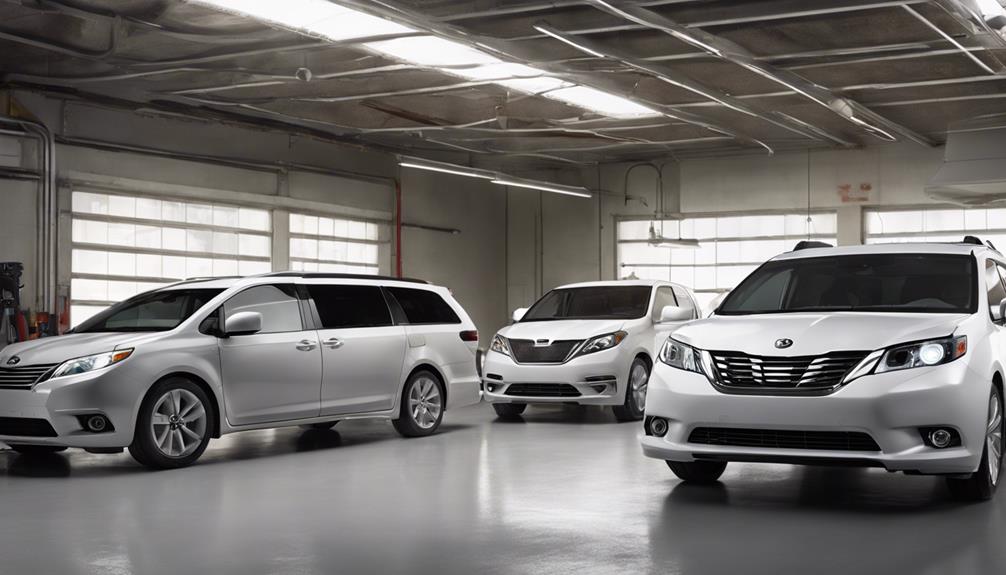
Maintaining your Sienna involves understanding the specific needs and common issues of each generation. Whether you own an older model or the latest hybrid, knowing what to expect can save you time and money. For instance, older Siennas from 1998-2003 often have variable maintenance costs due to their age and the availability of parts. These variations can impact your budget planning and repair scheduling.
For second-generation Siennas (2004-2010), you might encounter issues like power sliding door malfunctions or engine-related problems. Being aware of these common repairs allows you to prepare in advance and avoid unexpected breakdowns. Third-generation models (2011-2020) often require maintenance for their advanced infotainment systems and fuel efficiency enhancements. Keeping these systems in top shape ensures a smoother driving experience and better mileage.
Fourth-generation Siennas (2021-present) with hybrid powertrains need specialized servicing for electric components and improved fuel economy features. Staying on top of these maintenance tasks helps you get the best performance and longevity from your vehicle. Here's a quick rundown to help you stay prepared:
- Older Models (1998-2003): Variable costs due to age and parts availability.
- Second Generation (2004-2010): Common issues include power door malfunctions and engine problems.
- Third Generation (2011-2020): Maintenance for infotainment systems and fuel efficiency enhancements.
Security and Anti-Theft
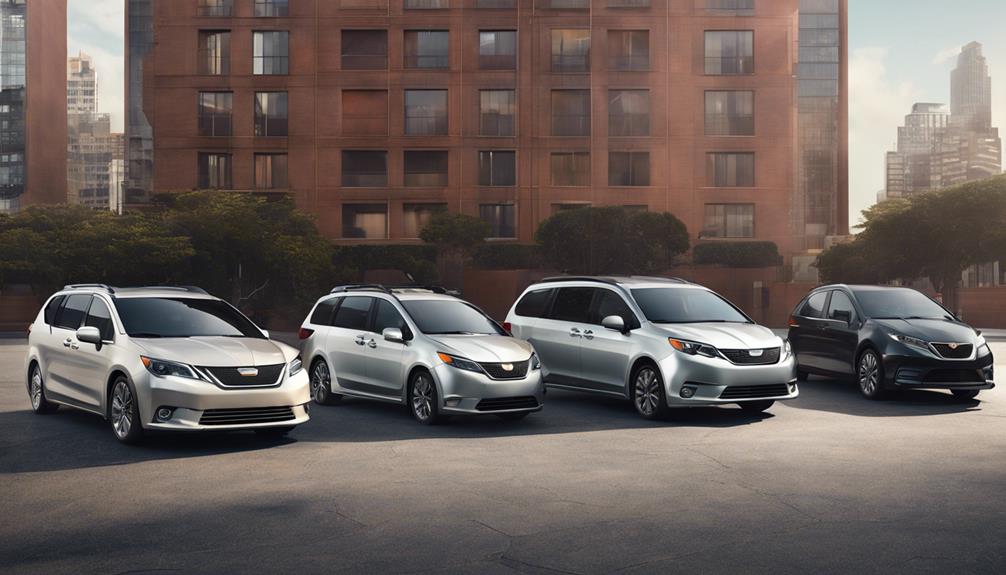
From the first-generation Siennas to the latest models, Toyota has consistently improved security and anti-theft features to guarantee your peace of mind. Early Siennas lacked many advanced security features, making them less secure compared to today's standards. However, Toyota quickly adapted. By 2004, the Sienna offered optional features like a vehicle anti-theft system and a panic alarm for added protection.
Fast forward to the third-generation models from 2011 onward, and you'll find significant advancements such as engine immobilizers and remote keyless entry. These additions made it much harder for thieves to access or start your vehicle without authorization. You won't have to worry about someone easily driving off with your Sienna.
The 2021 Toyota Sienna takes security to the next level with Toyota Safety Sense 2.0, which includes a Pre-Collision System with Pedestrian Detection. This model also features a Smart Key System with Push Button Start, ensuring that only you can start and access your vehicle conveniently and securely. These cutting-edge features provide not just convenience but an elevated sense of control over your vehicle's safety, letting you stay focused on what matters most.
Comparing Fuel Efficiency
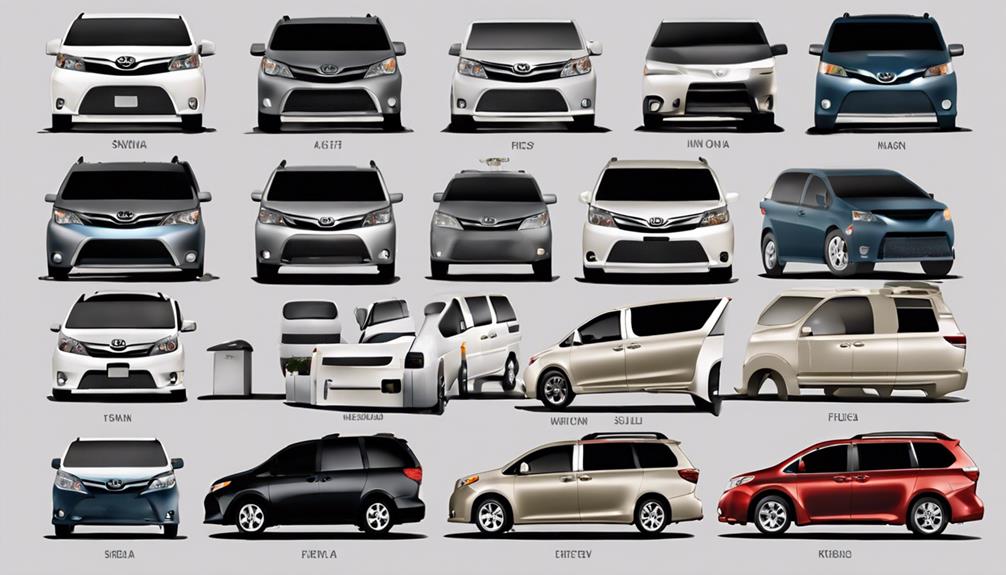
Fuel efficiency in Sienna models has evolved substantially, offering remarkable improvements with each new generation. Understanding these changes gives you greater control over your vehicle choices, especially when considering long-term costs and environmental impact.
- 2002 Sienna: Early models like the 2002 Sienna didn't specify combined MPG ratings, reflecting a time when fuel efficiency wasn't a primary focus. However, advancements in technology have since made significant strides.
- 2007 Sienna: This model faced notable fuel efficiency issues due to engine and transmission problems. These problems highlighted the need for improvements, pushing engineers to develop more reliable and efficient powertrains.
- 2021 XL40 Sienna: Fast forward to the current fourth-generation Sienna, introduced in 2020, which achieves an impressive 36 mpg in the city with its hybrid powertrain. This leap showcases how far fuel efficiency has come, offering you the benefits of lower fuel costs and reduced carbon emissions.
Frequently Asked Questions
What Are the Most Popular Color Options for Sienna Models?
When choosing your Sienna, you'll find Predawn Gray Mica and Midnight Black Metallic are favorites for a sleek, modern look. Blizzard Pearl offers a luxurious touch, while Celestial Silver Metallic and Super White give a clean, bright appearance. These colors are consistently popular because they provide timeless appeal and versatility, letting you feel in control of your vehicle's style and presence on the road.
How Has the Resale Value of Sienna Models Changed Over the Years?
Imagine riding a wave of value; that's how the resale value of Sienna models has changed over the years. You'll find that older models dip slightly, yet they still hold decent value. Newer models, especially hybrids, shine brighter, holding onto higher resale values due to advanced tech and fuel efficiency. Third and fourth-generation Siennas, with their refined design and reliability, maintain the strongest resale values amidst shifting market trends.
Which Sienna Model Years Are Considered the Most Reliable?
When looking for the most reliable Sienna models, you should consider the 2002 version from the first generation. It's praised for its advanced safety features and minimal issues. The 2017-2020 models also stand out due to improved performance and addressed recalls. The 2021 XL40 model, with its hybrid powertrain and enhanced safety technologies, offers great reliability and efficiency. You'll get a dependable ride with any of these options.
How Does the Sienna Compare to Competitors in the Same Class?
When you compare the Sienna to competitors in its class, you'll notice it excels in reliability and safety. While other minivans might offer flashy features, the Sienna consistently delivers on performance and comfort. Its spacious interior and family-friendly design make it a standout. Unlike some rivals, the Sienna keeps evolving with advanced technology and fuel efficiency, ensuring you're always in control of a top-performing vehicle.
What Are Some Common User Reviews for Different Sienna Models?
You'll find that users generally rave about the 1999 and 2000 Sienna, both scoring 4.8 out of 5. They appreciate the reliability and comfort. The 2001 model also gets high marks at 4.5, while the 2002 drops slightly to 4.4, but still shows strong satisfaction. The 1998 model, despite being older, maintains a respectable 4.3 rating. Overall, users consistently praise the Sienna's durability and performance.

